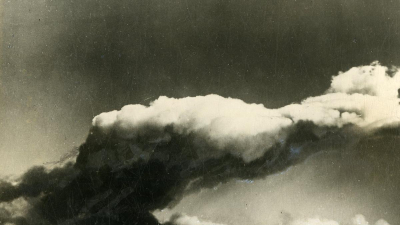
Some mountains, such as Mt. Everest, are growing taller due to the pressure generated by tectonic plates acting below them. But did you know that mountains can also get smaller? It may seem incredible, since mountains are perceived as eternal and immovable. In reality, however, mountains can be pictured as endless ‘construction sites’. Continental plates collide and force the Earth’s crust upwards, while at the same time, erosion acts on the exposed surfaces and break them down.
Erosion is the process by which things are broken down by the forces of nature, such as rivers, glaciers, wind and rain. One can add to this list, geological events such as earthquakes, landslides and volcanic eruptions, which are all constantly changing the shape of the Earth’s surface.
Let us consider two of these factors- water and wind more closely. Waterfalls as snow on high mountains and over a long period of time this snow turns into ice. This ice compacts and becomes a dense mass called a glacier, which then slowly moves down the mountain as a ‘river of ice’. The glacier collects soil, debris and rocks and becomes extremely corrosive to the surface that it travels over. A glacier can flatten out a valley and change the landscape considerably. Similarly strong winds can also be extremely corrosive over a period of time, wearing away at rocks and mountains making them smaller over many years.
Picture Credit : Google



